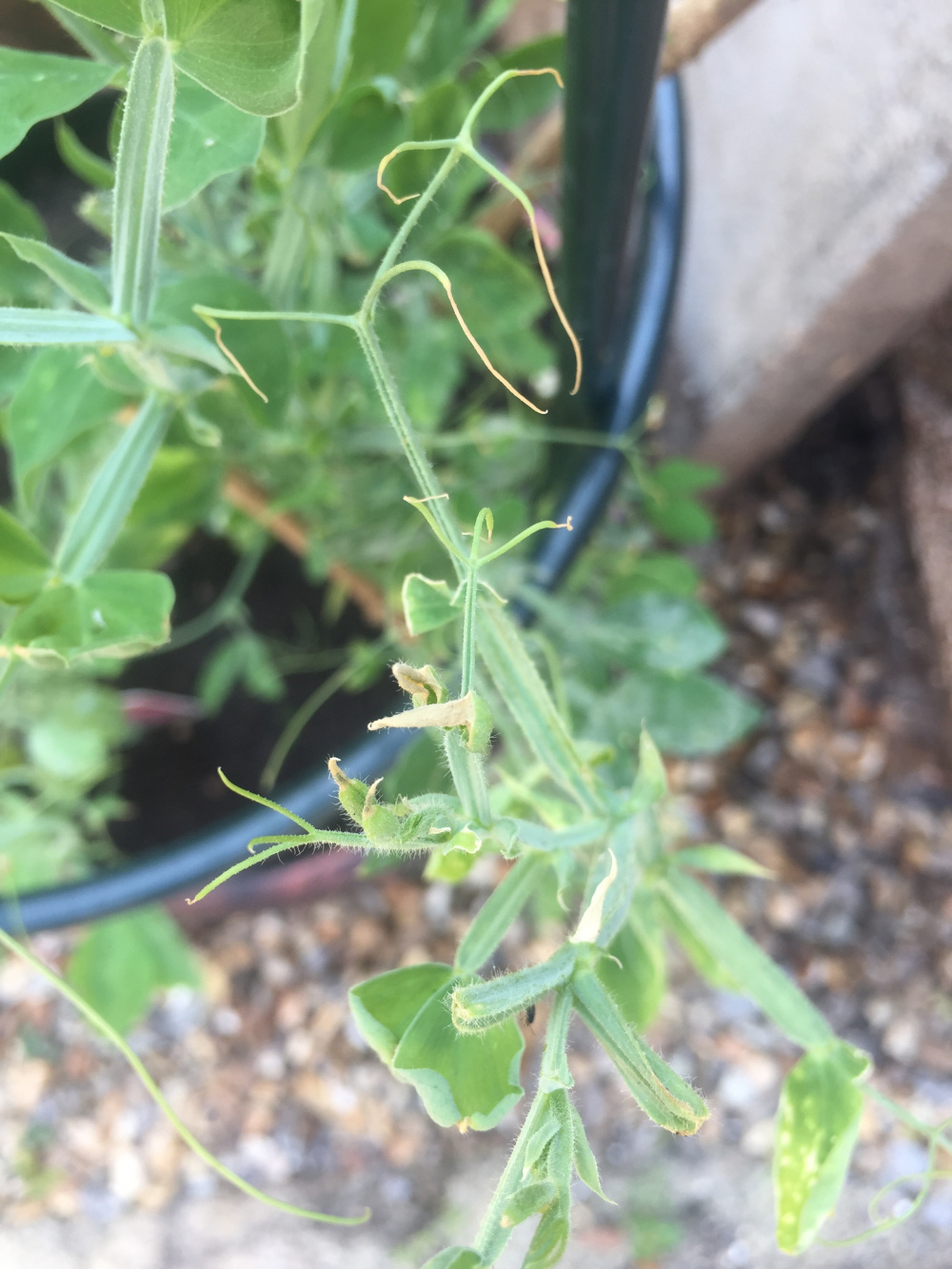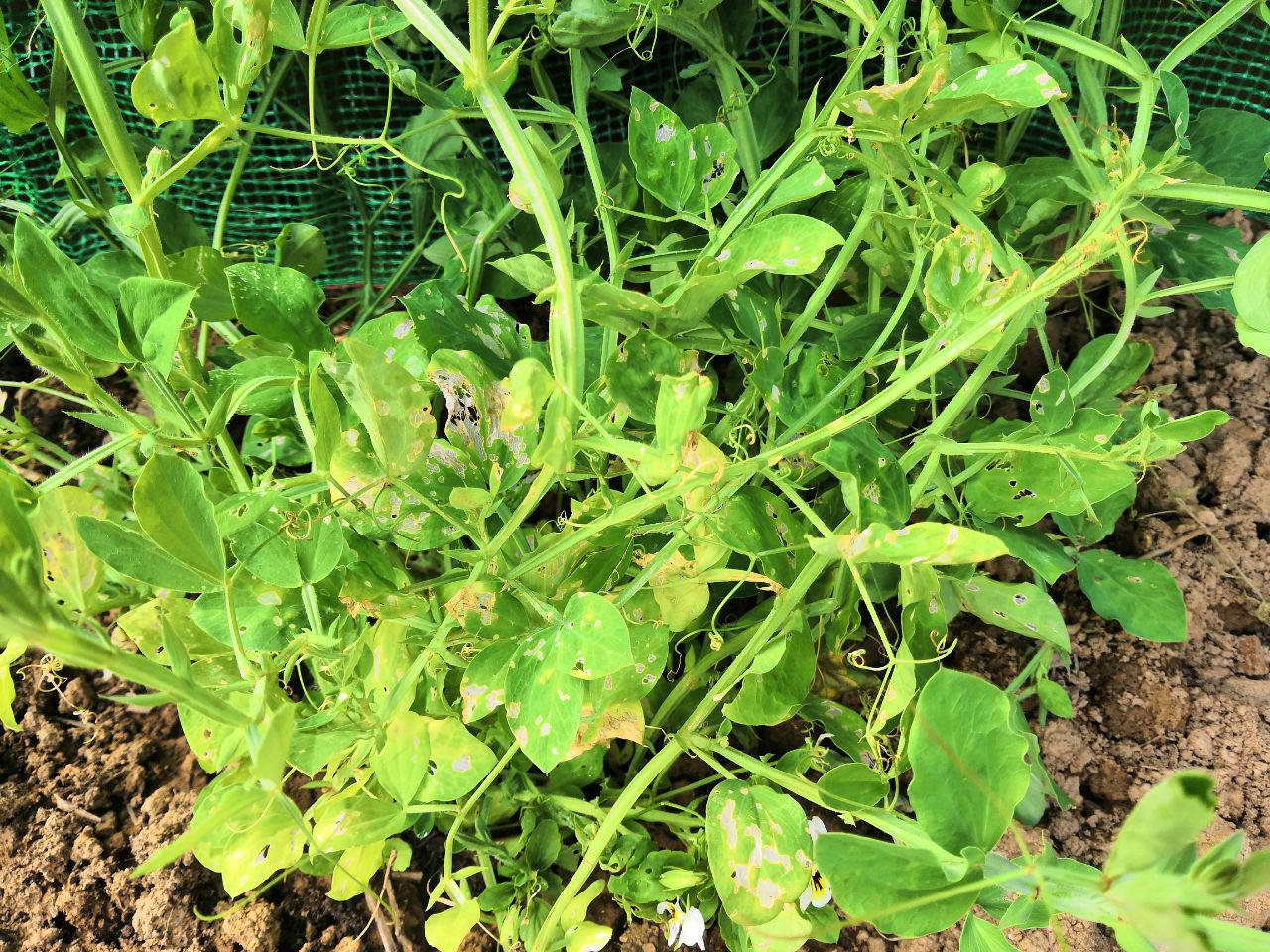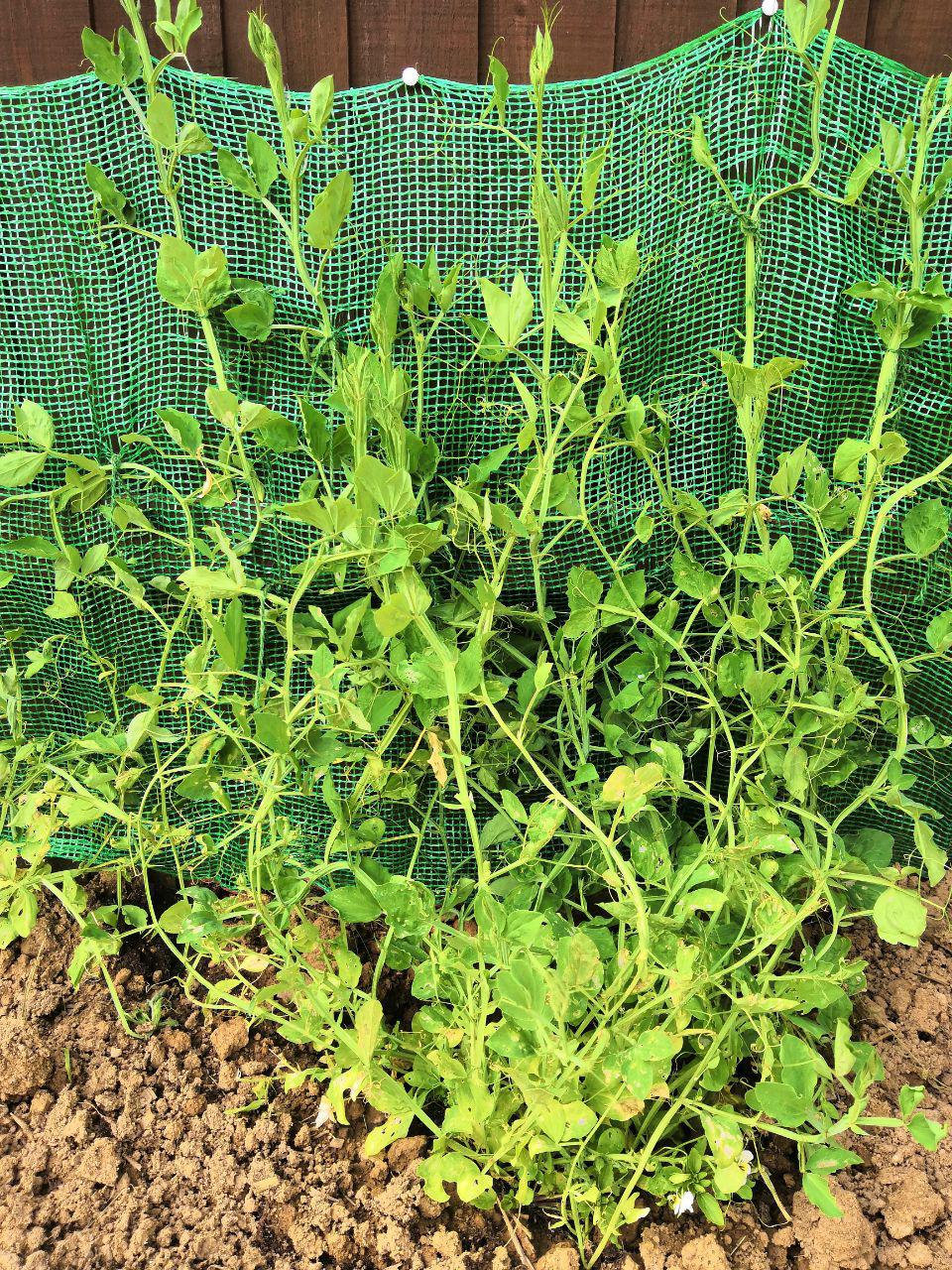
Lack of sun, extreme heat, or too much fertilizer are common causes of your sweet peas’ failure to bloom. Native to the Mediterranean region, sweet peas bloom best in full sunlight, medium to low nutrition soil, and routine irrigation. Heat waves can momentarily stop flowers from blooming.
Continue reading to find out the best ways to encourage blossoming in your sweet peas and why they aren’t blooming.
Table of Contents
1. Lack of Sun (Sweet Peas Prefer 6 Hours of Sun to Flower)
Sweet peas are indigenous to Sicily, an Italian island in the Mediterranean, where they thrive under the hot heat.
If your sweet peas are in the shadow or in a place with less the 6 hours of sun , then there is likely to be a lot of lanky foliage development but fewer blossoms.
A sweet pea’s bloom production is associated with the number of hours it receives in the sun, with 6 hours or more per day being ideal.
If your sweet peas are in a dark place, I advise shifting the pot or container to a location that receives more sunshine to help promote blossoming or planting seeds in a part of the garden that receives more sunlight naturally.
2. Intense Heat Temporarily Prevents Sweet Peas Flowering

However, the majority of the cultivars were created in Scotland (by horticulturist Henry Eckford), therefore recent cultivars of the plant have a tendency to be more suited to milder climes, allowing them to successfully bloom in environments other than the Mediterranean.
The sweet pea may occasionally produce fewer blossoms during summer heat waves or if you live in an especially warm climate as it tries to cope with the impacts of the heat and perhaps a drought.
Sweet peas don’t have a set temperature at which they stop growing blooms; instead, they tend to temporarily stop flowering when there is a big change in temperature from moderate to abruptly considerably hotter.
In general, it boils down to being patient and making sure the plant gets enough water. Once the heat wave passes or they get used to the higher temperatures, the sweet peas should start to flower again.
Sweet peas often flower at their finest in hot climates when they receive early sun and afternoon shade.
In warmer areas, shade during the midday and afternoon is helpful as it protects the sweet pea from harsh sun and the hottest part of the day to find the balance of sun and avoidance of heat stress for optimal flowering. Around 5 to 6 hours of morning sun are sufficient to develop blossoms.
3. Drought can Prevent Sweet Peas from Flowering
Drought can contribute to sweet peas not blooming along with extreme heat.
Since sweet peas are native to the Mediterranean, they prefer soil that drains well, allowing the compost around the roots to partially dry out in between waterings.
However, if they are placed in small pots (less than 10 inches wide) in full sun, the high heat from the sun can quickly warm up the pot, leading to significant soil evaporation and causing drought stress in the sweet peas, which affects flowering.
Sweet peas need to be watered as often as necessary to keep the soil moist but not soggy. You must change your watering schedule to accommodate changing weather patterns and challenging climates.
In general, watering once a week with a deep soak is appropriate if there have been numerous cloudy days with isolated raindrops.
To avoid drought stress and make sure the sweet peas have everything they need for flowering, you might need to water them three times each week during the summer heat.
When properly watered, sweet peas can be quite tolerant in the heat, frequently bounce back from wilting or dryness, and produce blossoms.
4. Pot or Container Size can Impact Flowering
Your sweet pea’s flowering time may be affected by the size of the pot or container in which you plant (or sow the seeds) it:
- On warmer days, the soil might entirely dry up if the pot is too tiny, causing it to heat up in the sun.
- Less space for soil and less room for the roots to spread out and get the nutrients and moisture needed for flowering are present in smaller pots and containers.
- To avoid the soil from becoming soggy and stressing the sweet peas, which limits blossoming and fosters the growth of fungi diseases, pots and containers should also have drainage holes in the base.
To guarantee that the seeds and growing plant have adequate access to the soil and nutrients they need, put sweet peas in a container that is a good size (about 10–12 inches wide).
In order to prevent the compost from drying out in arid situations, the container should be bigger in hotter and drier climates.
The sweet peas should flourish and produce an abundance of blossoms under the proper conditions and a pot or container of the proper size.
5. Too Much Fertilizer Promotes Foliage Growth but Fewer Flowers

Sweet peas are indigenous to Sicily in the Mediterranean region of Europe, and they have evolved to grow in sandy soils with a fair amount of nutrient deficiency.
Sweet peas often produce significantly fewer blossoms but may have lush green foliage if they are grown in rich soil that has been fertilized or modified with manure (which is high in nitrogen).
It is preferable to mimic the conditions of the sweet peas’ natural habitat by incorporating horticultural sand or grit into the potting mix to ensure that your plants bloom.
Sand or grit is beneficial for:
- Because sweet peas dislike soggy soil, improve drainage.
- reproduces the nutrient-poor, sandy environment necessary for sweet peas to grow and flower at their peak.
To give your sweet peas the ideal soil conditions for flowering, add 10 to 20 percent of sand or grit by volume of the pot to the potting mix (with the remainder being multipurpose compost) (Similar to the soil mix for other plants native to the Mediterranean such as lavenders).
The low to medium nutrient circumstances that sweet peas like for flowering should also be avoided when planting them in bags of compost that are loaded with nutrients, such as miracle-gro.
Key Takeaways:
- Shaded regions, extreme heat, excessive nitrogen levels in the soil, or more fertilizer will prevent sweet peas from flowering.
- The optimal growing conditions for sweet peas are full sun and medium to low nitrogen soils. Overheating can momentarily stop flowers from blooming.
- If they are in a small pot without frequent watering, drought stress can also affect flowering; nonetheless, they like well-draining soil to remain healthy and flower.
- As a result of their adaptation to Sicilian soil, sweet peas favor medium- to low-nutrient soils for flowering.
FAQ
Why is sweet pea not flowering?
Here are some potential causes to check for in your plant to determine the exact cause: How much light are your sweet peas receiving? Sweet peas require six to eight hours a day of direct sunlight. The quality of the plants’ flowers improves with more light.
How long does it take for sweet peas to bloom?
For sweet peas to bloom magnificently in your garden, you’ll need about 50 days of cool temperatures (below 60o F). The seed coat of the sweet pea is tough and insoluble in water.
Do sweet peas bloom the first year?
Sweetpea flowers At the start of each growing season, annual sweet peas are raised from seeds. The seedlings grow into bushy plants after germination before developing buds and blooms. Typically, three to four months pass from the time seeds are planted until flowers appear.
How do you make sweet peas bloom?
Sweet peas require six to eight hours a day of direct sunlight. The quality of the plants’ flowers improves with more light. Regarding light, they favor long days. 16 hours should make up the perfect day, followed by 8 hours of darkness.
Why are my sweet peas healthy but no flowers?
Lack of sun, extreme heat, or too much fertilizer are common causes of your sweet peas’ failure to bloom. Native to the Mediterranean region, sweet peas bloom best in full sunlight, medium to low nutrition soil, and routine irrigation. Heat waves can momentarily stop flowers from blooming.
